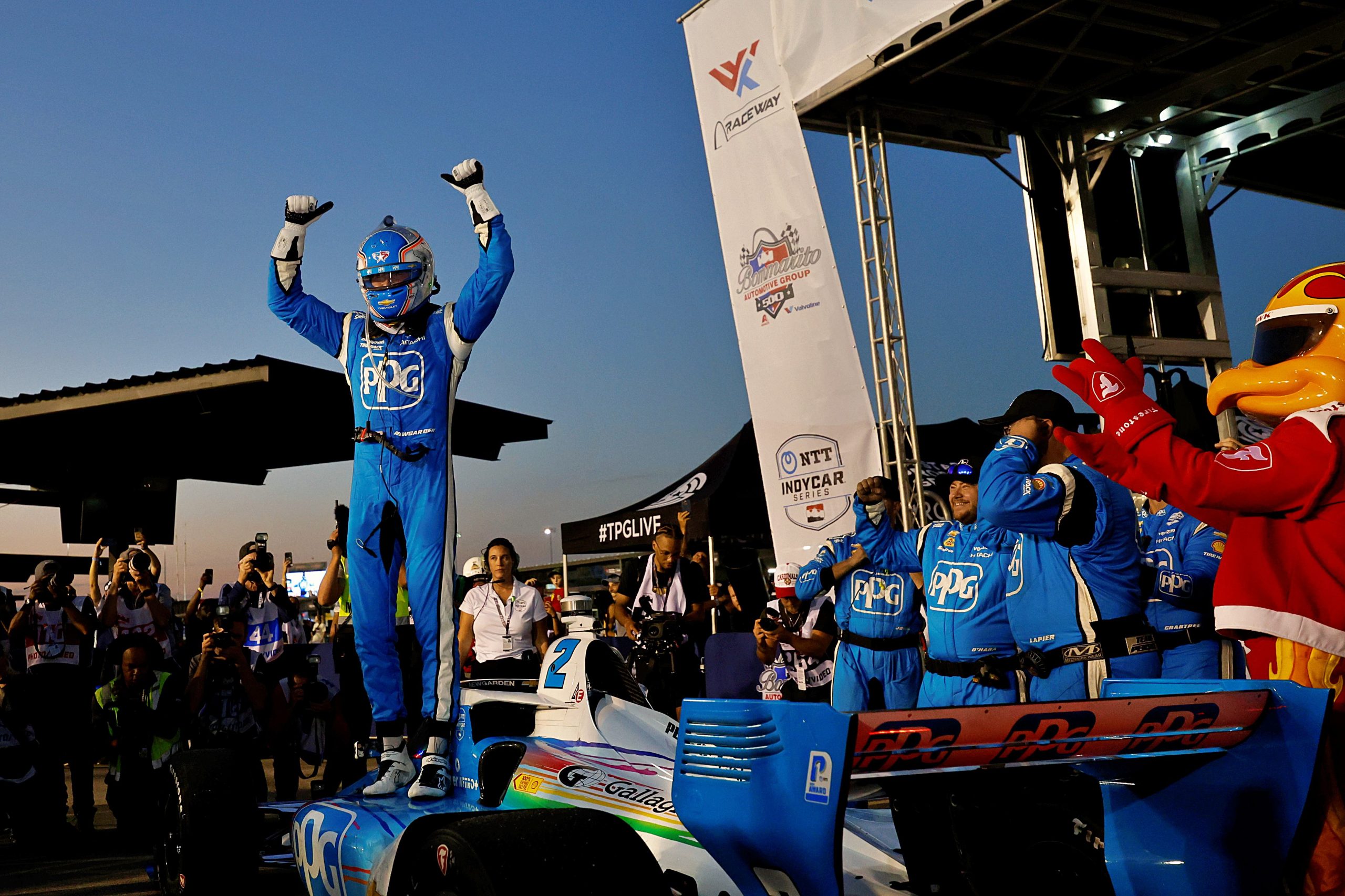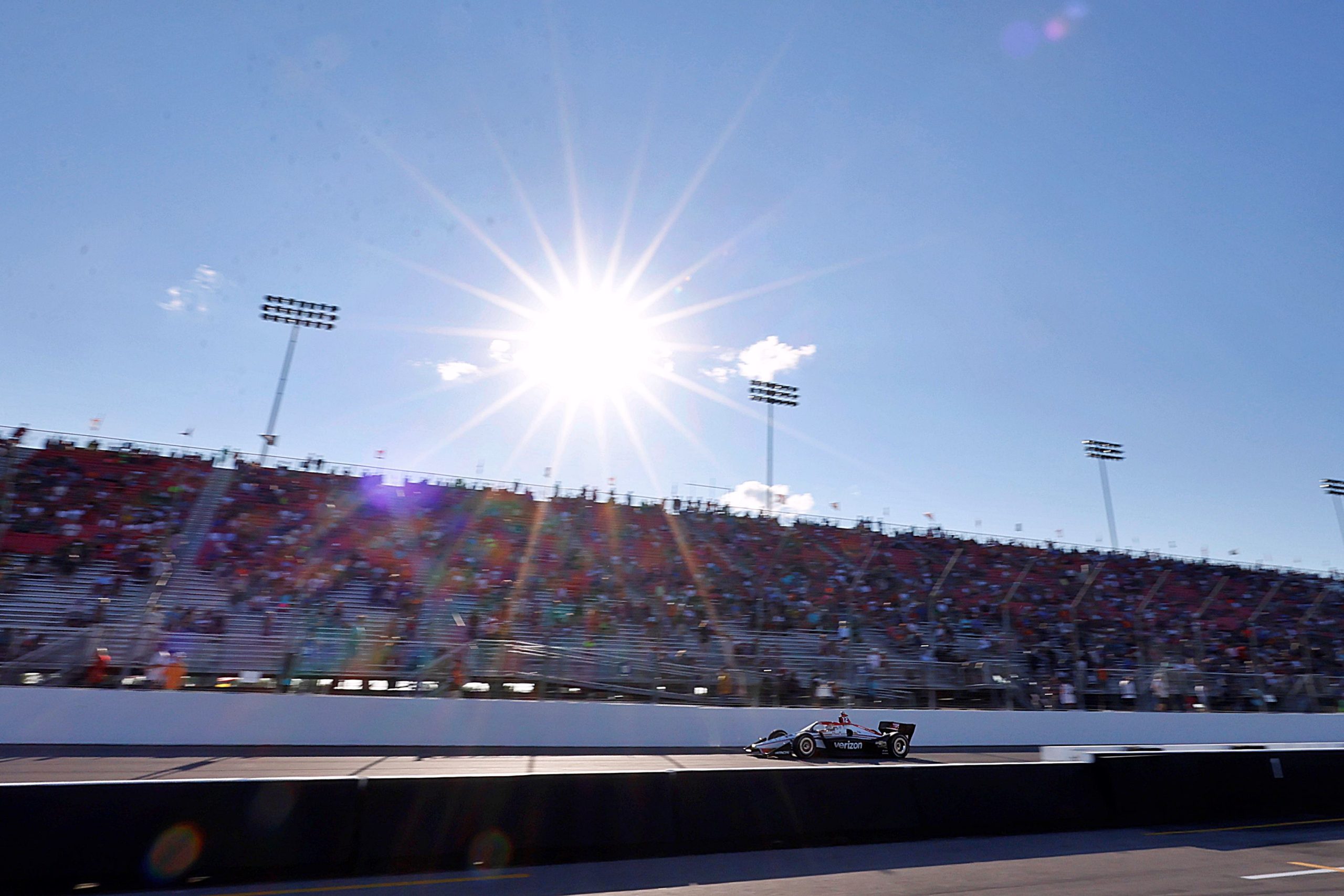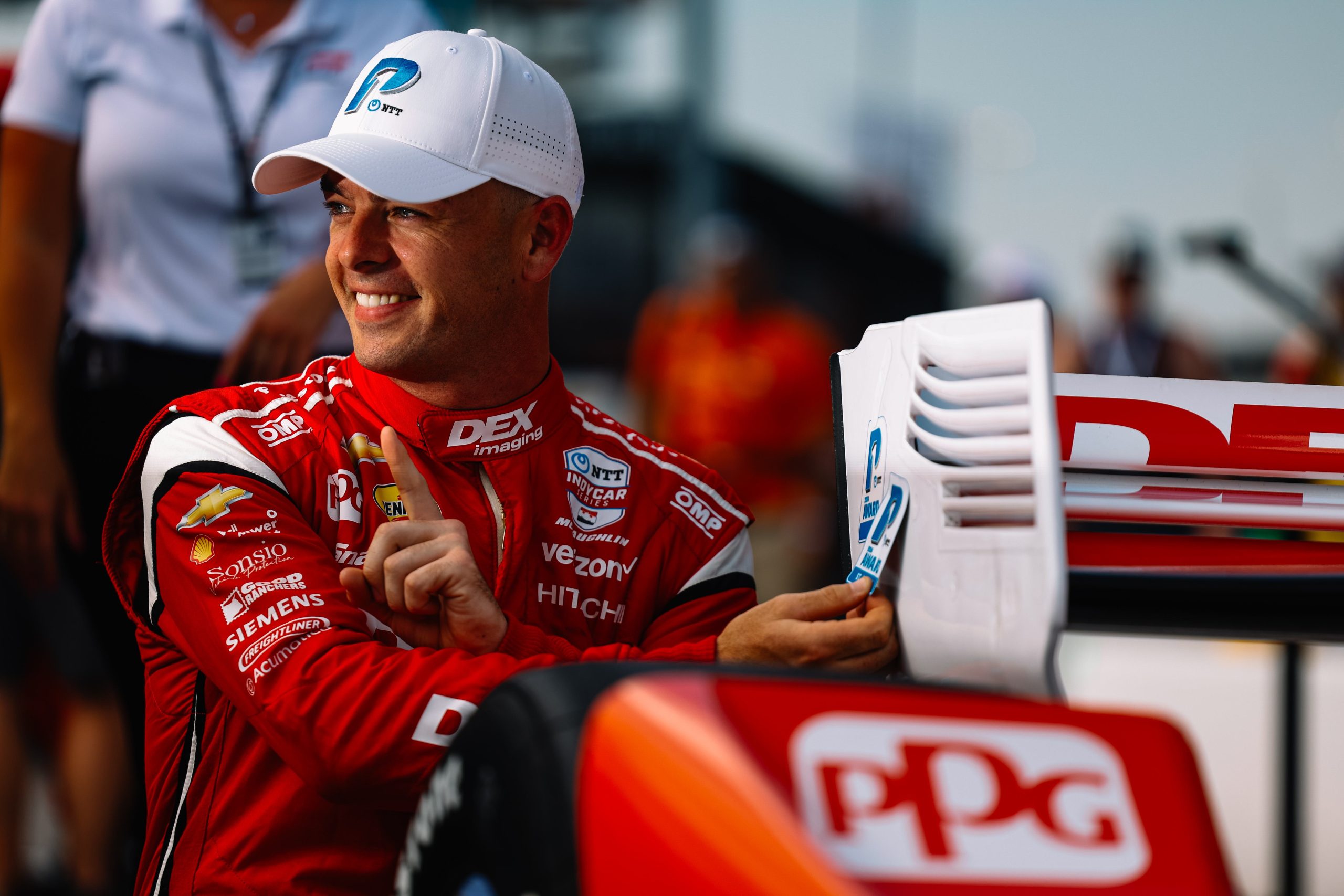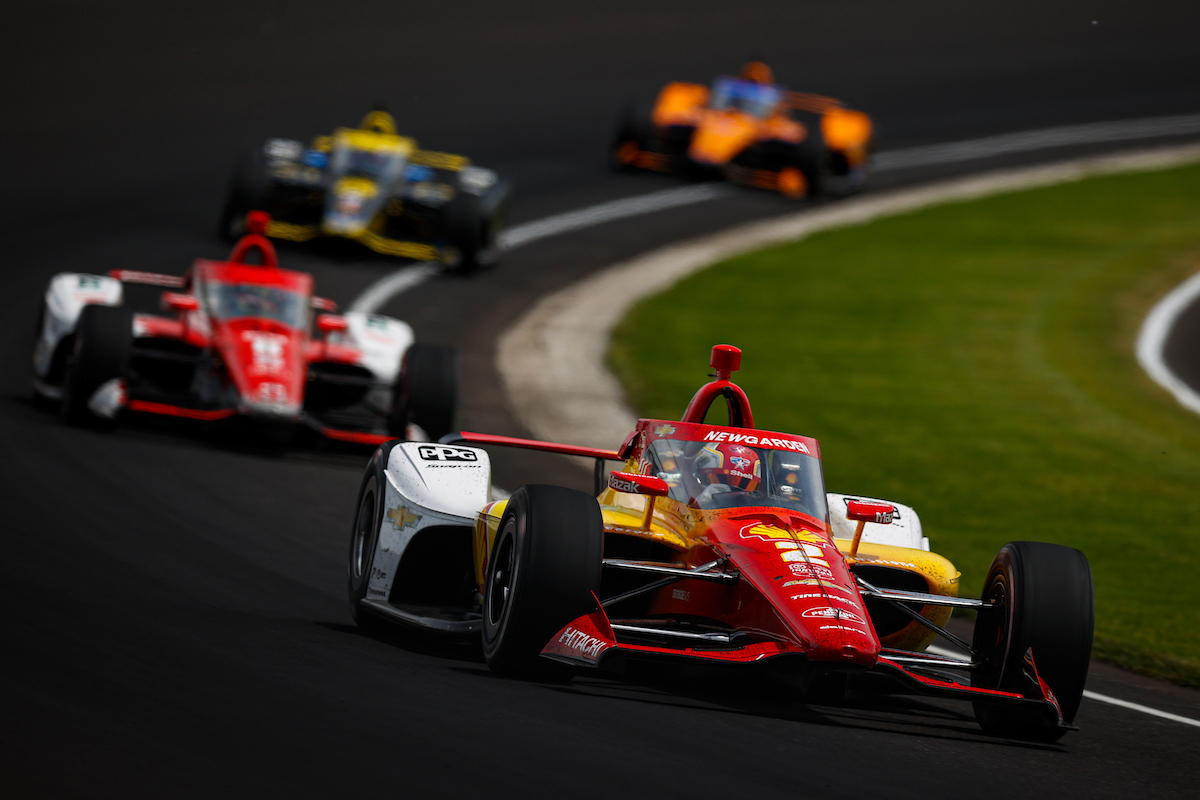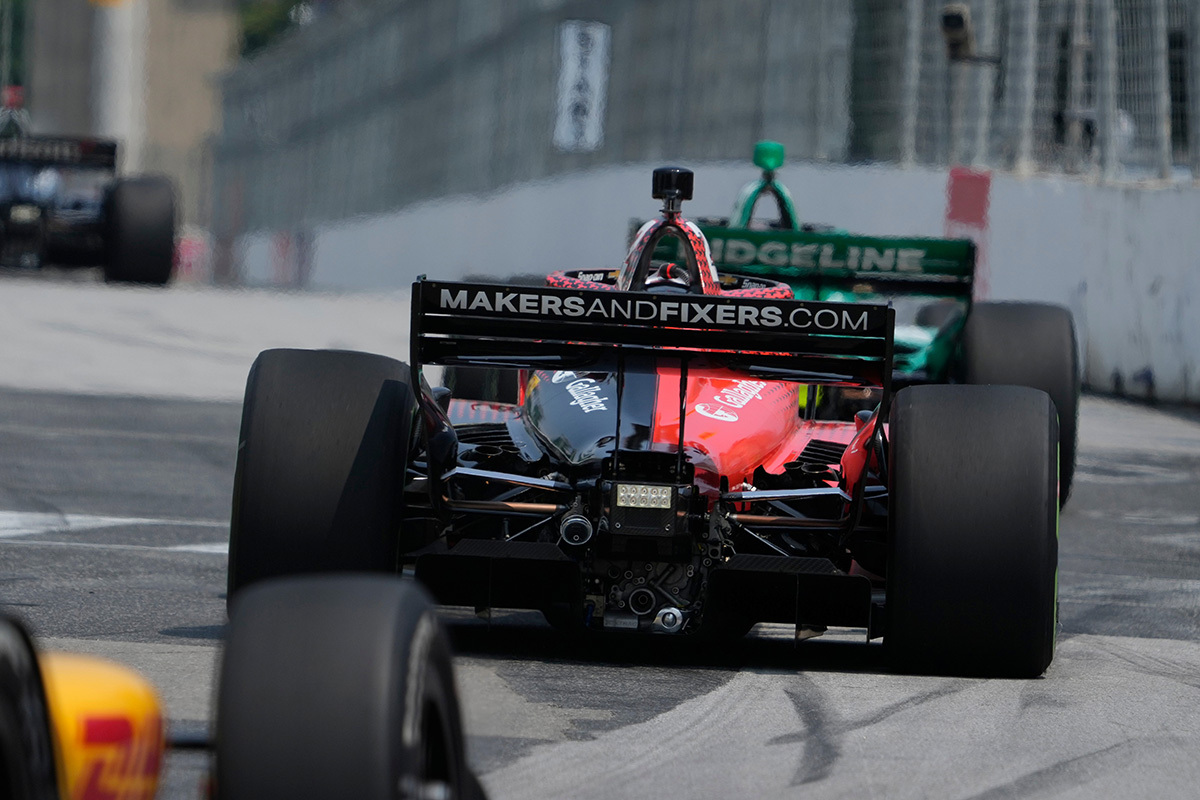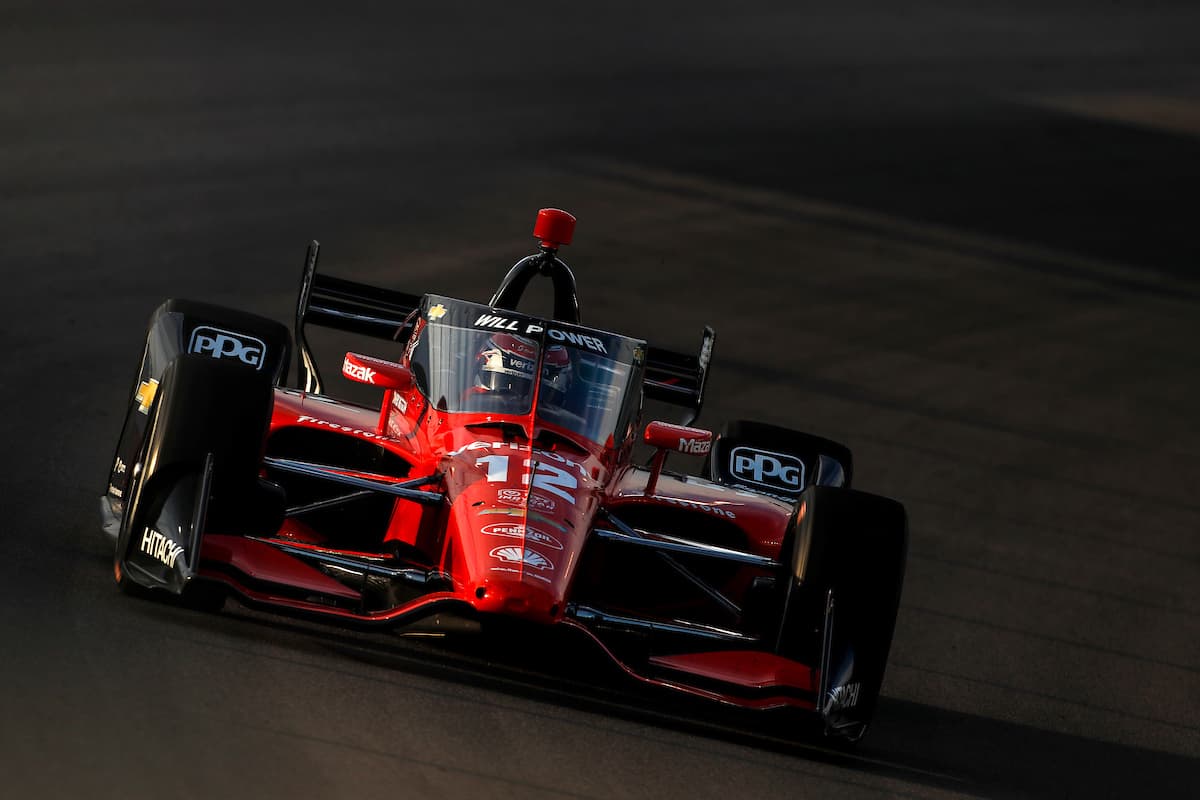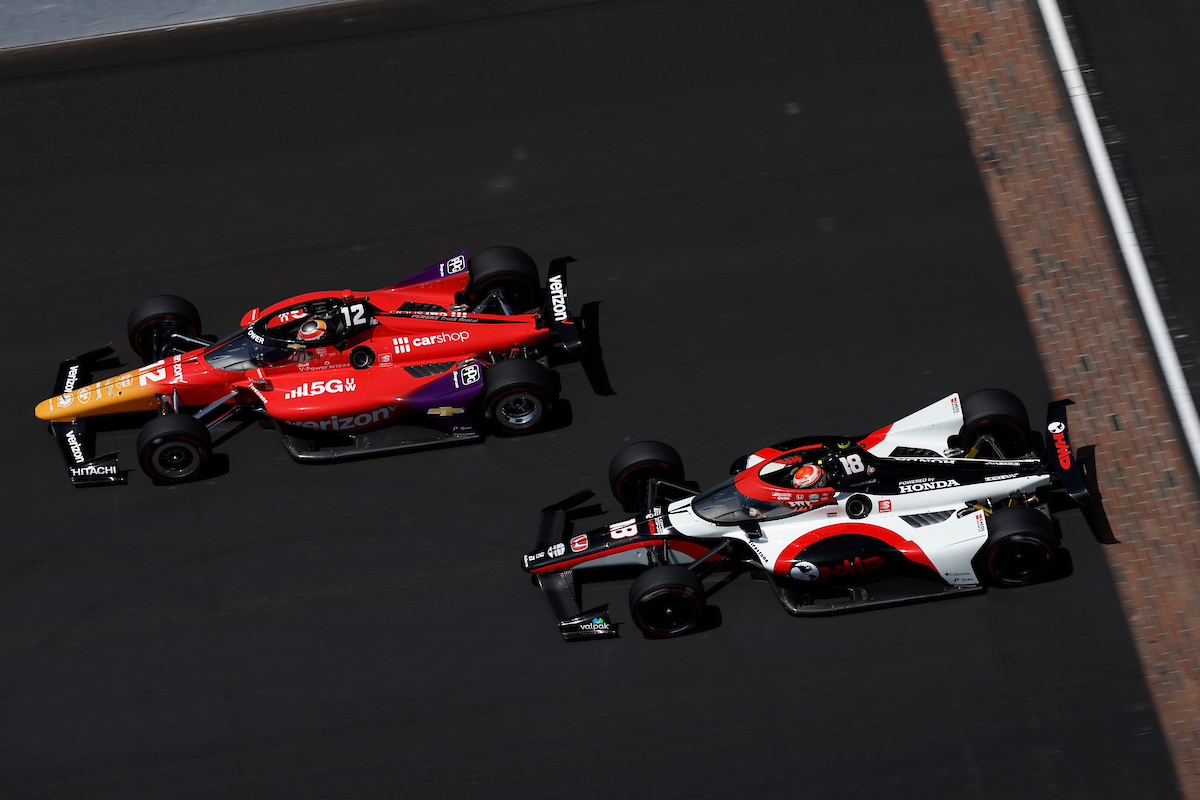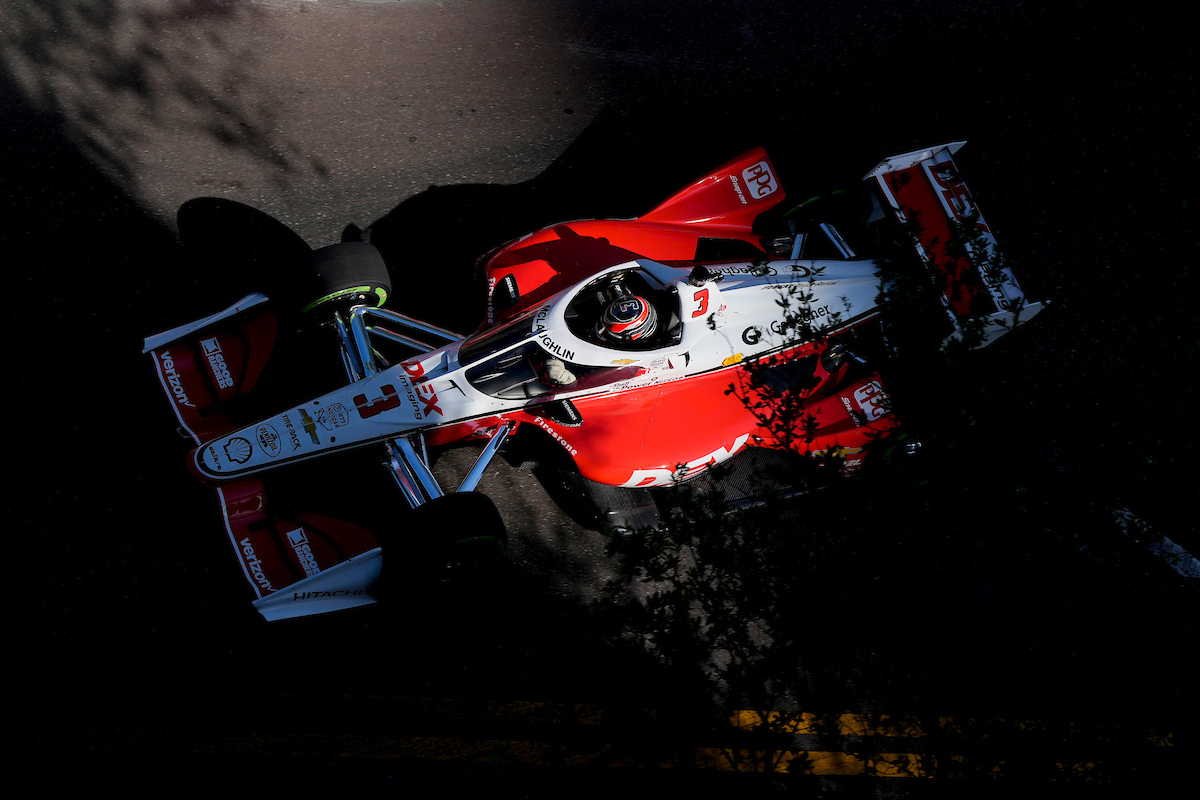Physical Demands on an IndyCar Driver Explained


IndyCar racing demands a lot from its drivers. They need great strength, endurance, and mental toughness to race at top speeds. But, what exactly do these drivers need to stay fit and perform well?
We’re going to look at the special demands on IndyCar drivers. We’ll see how they train to handle these tough requirements. This includes the physical effort needed to steer fast cars and the mental challenges they must overcome.
Table of Contents
Physical Effort and Muscle Engagement
Driving an IndyCar is way more physically demanding than a regular car. The speed and unique design of race cars mean drivers have to use a lot of force. They push harder to turn and brake, really testing their bodies. To drive well, IndyCar drivers have to use their arms, upper body, and legs a lot. The steering wheel is a big part of this effort, needing up to 35 pounds to turn the wheel and 135 pounds to brake.
Fast turns and hard braking create G-forces that can tire out drivers. It’s tough to keep their bodies up and in shape through it all. To tackle these challenges and keep up with the sport’s demands, drivers train hard. They work on their muscles and cardio to stay strong.
IndyCar drivers focus their workouts on the muscles they need for driving. They do upper body and arm exercises for better control, core exercises for staying stable in G-forces, and leg exercises for stronger braking and accelerating. By focusing on their fitness, drivers can perform well and cope with the sport’s physical toll.
Improving Endurance and Fitness Levels
Building muscle strength is key, but so is endurance for IndyCar drivers. Good endurance means they can stay sharp and consistent through long races.
To boost their endurance, drivers take on long-distance running, cycling, and swimming. These activities are great for the heart and lungs. They also do strength training to build resilience and avoid getting tired easily.
Remembering to rest and recover is also crucial. IndyCar drivers and their teams make sure they have time to recover well. This helps their bodies recuperate and keep improving their endurance.
Focusing on fitness and endurance helps IndyCar drivers face the tough physical parts of racing. They aim to perform their best all season long.
Heat and Metabolic Demands
IndyCar drivers face a big problem with heat. They wear a lot of safety gear that keeps their heat inside. This makes them sweat a lot, lose water, and they might get too hot (heatstroke). The cars they drive also create a ton of heat, especially ones with tops. Inside, it can get over 135 degrees Fahrenheit, making things even harder for the drivers.
To handle the heat, drivers use special gear. They have cool-shirts in their cars that move cold water or air around their suits. This helps keep them cool. They also have drink systems in the cars to drink and not get dehydrated while racing.
Racing is as hard on the body as basketball or soccer. IndyCar drivers have to keep up almost their highest heart rate for a long time in the races. This puts a lot of strain on their bodies. To cope, they have to stay in top shape. They work out a lot and keep very fit.
The Importance of Maintaining Peak Physical Condition
IndyCar drivers need to stay in great shape. This is very important for doing well on the track and having a good career. Being strong and fit means they can handle the very tough physical parts of racing. Doing regular exercise and eating right helps them be the best they can be.
| Physiological Demands | IndyCar Driver Fitness Regimen |
|---|---|
| Muscle engagement and endurance | Strength training focused on key muscle groups Cardiovascular exercises for endurance |
| Heat and temperature regulation | Use of in-car cool-shirts to combat body heat Fluid intake to prevent dehydration |
| Metabolic demands | Cardiovascular workouts to strengthen the heart and cardiovascular system |
By working hard on their fitness, IndyCar drivers prepare their bodies well. The job is very hard physically. It needs discipline, hard work, and a promise to keep in the best shape possible.
Mental and Strategic Challenges
Racing in IndyCar takes a toll mentally, not just physically. The drivers must deal with going very fast and the constant danger of getting hurt. This makes racing very stressful and can make their hearts race even faster. This is more true when it’s hot outside.
IndyCar racing is also a big mental game. Drivers have to think fast and smart, making decisions in a flash. They consider things like when to stop in the pit, which tires to use, and how to deal with other racers. Being quick and smart is key to winning in this sport.
IndyCar driver fitness regimen focuses on more than just getting physically strong. It also sharpens their minds, helping them stay ready to make fast choices on the track. The mental challenges in racing are a big part of why the drivers need to train their bodies and their brains for success.
Mental and Strategic Challenges for IndyCar Drivers
| Challenges | Impacts |
|---|---|
| High-speed nature of racing | Mental stress, increased heart rate |
| Risk of injury | Additional mental pressure |
| Need for split-second decision-making | Quick thinking, mental agility |
| Strategic considerations | Pit stops, tire compounds, competition |
IndyCar drivers have to be physically and mentally fit. It’s not just about being strong. They need to be calm, make smart choices, and handle tough situations. Training for these challenges helps them perform better in races and be more successful in their sport.
Conclusion
IndyCar drivers need to be very fit. They have to be strong, have good endurance, and be mentally strong. This is because they drive at high speeds, under a lot of G-forces. Being fit helps them battle the heat and avoid heat-related illnesses.
The sport is not just about how strong or fast you are. It’s also very strategic and fast-paced. Drivers have to make quick decisions while driving fast. This puts a lot of mental pressure on them. But, being in top physical and mental shape helps them perform well in long races.
IndyCar drivers need to train hard to stay in shape. They focus on strength, endurance, and making sure their hearts are strong. They also work on their minds, improving their quick decision-making. By staying physically and mentally fit, drivers can do their best on the track.

